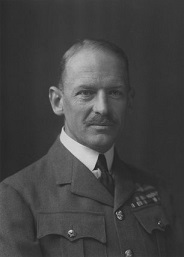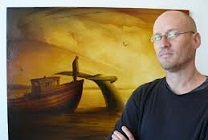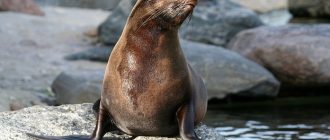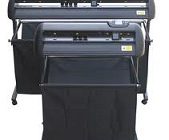Looking for info on Pophams In South Africa? Learn more about the role of chief Marshal Sir Robert Moore Pophams in South Africa…
When it comes to the history of Pophams in South Africa, he is known as an iconic figure. Recognized as Air Chief Marshal, Sir Robert Moore “Henry” Brooke – Popham. He was a GCVO, KCB and CMG recipient.
He also received the honor of DSO and the esteemed AFC in the United Kingdom. He was born on September 18th, 1878 and laid to rest in a private ceremony on October 20th, 1953. As the senior command officer in the British Royal Air Force he served during World War I as part of the Royal Flying Corps. He was a Wing Commander and senior staff officer. However, his most notable command was in the position of Commander-in-Chief for the British Far East Command a few months prior to the fall of Singapore to the Japanese.
Family Life and Education of Popham
Popham was originally from England and was born in the village of Mendlesham in Suffolk. He was the son of Henry Brooke who was one of the country gentleman of the Wetheringsett Manor and his wife named Dulcibella, the daughter of the Reverend Robert Moore.
He attended school at Haileybury and went on to become a training officer at the Royal Military College, Sandhurst. His first commission was received in the year 1898. Popham married the young Opal Mary in January 1926. She was the daughter of Edgar Hugonin and the marriage produced a daughter and a son.
Early Military Career
When he was gazetted in 1898 after his graduation from Sandhurst, he was posted to the Oxfordshire Light Infantry as second lieutenant.
Popham’s Life in South Africa
Popham also participated in the Second Boer War of 1899 and was finally commissioned to duty in South Africa in April 1902. Here he was to serve in the Orange Free State, Transvaal, Orange River Colony and the Cape Colony. He went home to Great Britain in 1910 to study at the Army Staff College at Camberley.
Military Aviation before World War I
Popham served as a member of the Air Battalion of the Royal Engineers in 1911 and was inspired to learn flying. He then joined a flight school at Brooklands gaining the Royal Aero Club certificate title number 108 in July of 1911.
His career in aviation and the Air Force progressed with time. He eventually became a squadron leader. After the outbreak of World War II he went on to serve in the Royal Air Force and continued to take part in different operational flying expeditions. However by 1915 he was a very senior officer and due to his limited combat flying experience he could not perform extended flying missions. This saw a shift in his role in the Air Force. As a senior officer he became highly involved in organizational activities as well as administrative roles.
In fact, he went on to become a temporary brigadier general and was subsequently given the position of a Director of Aircraft Research in 1919. His contribution to military and civilian activities is unparalleled and he is still revered for his progress and commitment in serving the nation.





